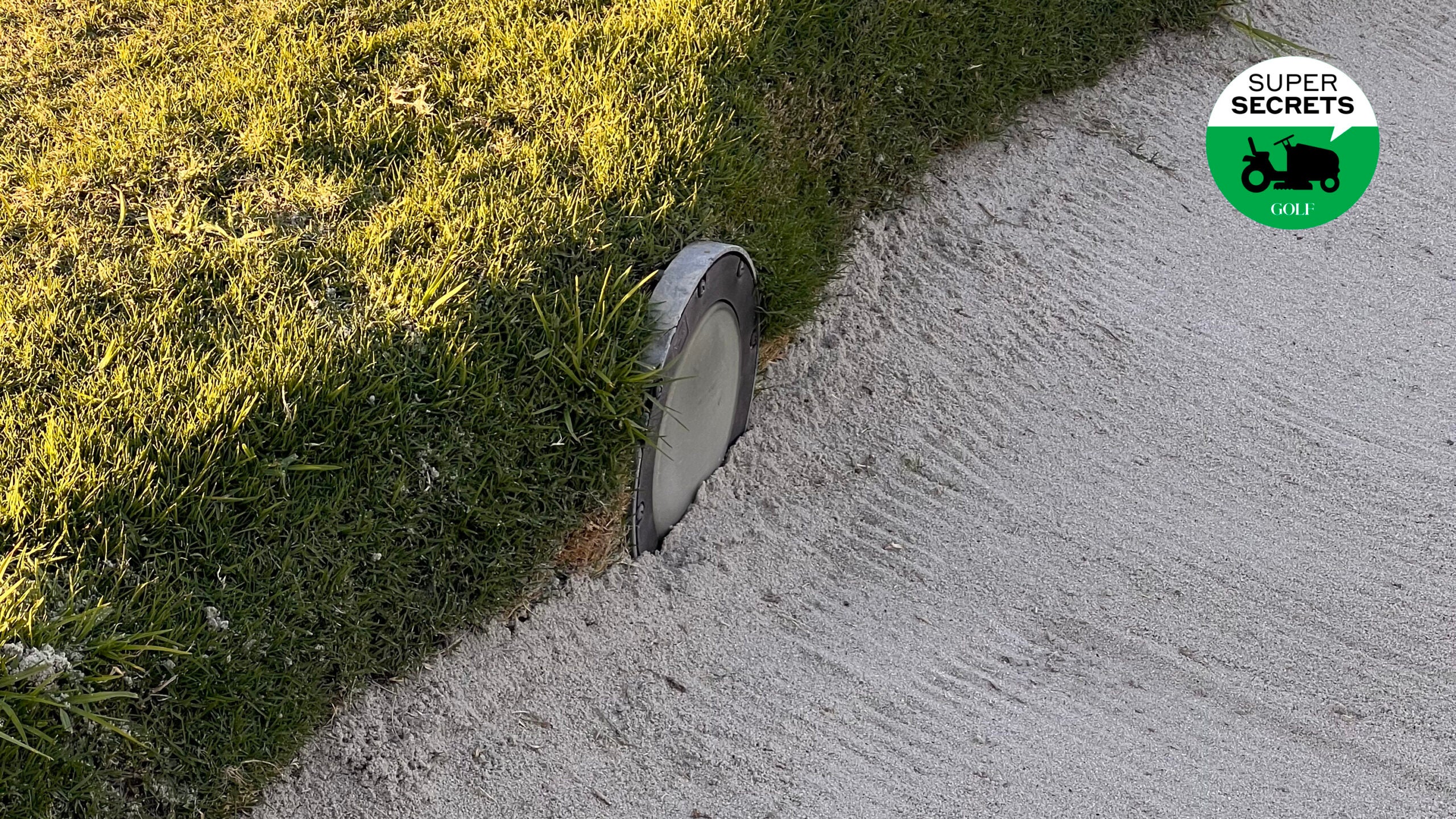The ‘perfect’ green speed? Here’s how superintendents determine that number

When it comes to determining optimal green speeds, there are several considerations.
Getty Images
PINEHURST, N.C. — “How are they rolling?”
If John Jeffreys had a nickel for every time he’s heard that question, he’d be sitting on a nice retirement nest egg.
Not that he’d want to give up his gig.
Jeffreys is the superintendent at Pinehurst No. 2, the venerable Donald Ross design in the sand hills of North Carolina and site of the 2024 U.S. Open.
No. 2 is renown for many reasons. It is, for instance, the only course to have played host to all five of the biggest USGA championships. (It also ranks 21st on GOLF’s list of Top 100 Courses in the World.)
But it is probably most famous for its treacherous, turtle-back greens. At Pinehurst, they don’t just count greens in regulation. They count greens visited in regulation. Hello! Goodbye! Few putting surfaces require more precision.
So, how are they rolling?
When most golfers pose that question, they’re asking about pace. On any given day, Jeffreys knows the answer (more on that below). But for superintendents, there are other considerations. We asked Jeffreys what he has in mind when he’s trying to get his greens rolling just right.
Pace
In recent decades, as Tour pros have been busy chasing speed, golf courses have been, too. As a consequence, most greens are significantly quicker than they once were. Jeffreys guesstimates that the average putting surfaces run 2 feet faster than they did when he started in the industry nearly 30 years ago.
Take No. 2 as an example. For resort play these days, Jeffreys and his team strive to have the greens running at 11 (as in, 11 on the Stimp, the average distance, in feet, a ball runs out when rolled off an inclined chute known as a Stimpmeter). In 1999, when Payne Stewart won the U.S. Open at Pinehurst, the greens were running at 10.5. In short, the greens are quicker for resort play today than they were for the national championship back then.
Why 11 now? “It’s the sweet spot,” Jeffreys says between customer satisfaction and pace of play. If the greens got much slower, golfers might gripe. If they got much faster, rounds would become a slog. By tracking data, Jeffreys and his team know that every half-foot increase in greens speed adds an average of 7 minutes to a round. The goal at No. 2 is to get golfers through 18 in 4 hours and 15 minutes.
When Pinehurst hosts its fourth U.S. Open next summer, the target greens speed, Jeffreys says, will be roughly 13.5 on the Stimp.
Smoothness and trueness
Ever struck a putt and watched the ball hop or wobble? The green could have been smoother and truer. The former refers to how faithfully the ball stays on the putting surface as it rolls; the latter refers to how faithfully it rolls without toggling from side to side. We’ve long known about those factors from experience. But how to measure them objectively?
In early 2023, the USGA released the GS3, a golf ball so smart that it talks back, providing readings not just on green speeds but on smoothness and trueness (it also measures firmness, a whole other ball of wax). Ever since they got their hands on a GS3, Jeffreys and his team have been taking daily readings with it. But it’s still too early to talk about the numbers in a meaningful way. They’re playing the long game, gathering a deep data set that will allow them to make comparisons and arrive at target measurements, which in turn will help them further dial in their greens.
As with so much in turf maintenance, the quality of a green depends on a confluence of factors. The faster a green rolls, for instance, Jeffreys says, the more susceptible it becomes to hops and wobbles. Inconsistencies come into sharper relief. It becomes a matter of striking a balance. Increasingly, that’s where data comes in.
The future
The only green measurement most golfers know is the Stimp (and even then, they tend to underestimate the readings; 13 is waaaay faster than most people think). The way things are headed, though, Jeffreys says, it won’t be long before more numbers enter everyday conversation, giving rise to an evaluation system based on multiple factors.
“You might have a green that’s super-fast but not very true, or a green that’s perfectly smooth but too firm,” Jeffreys says. “We’ll look at all of those things, and come up with a rating for our greens.”











